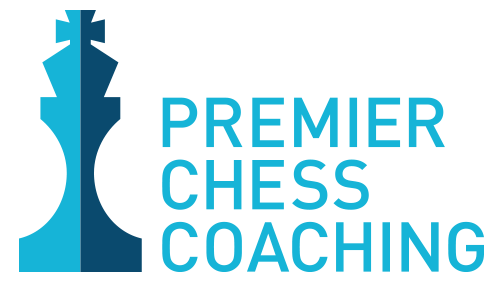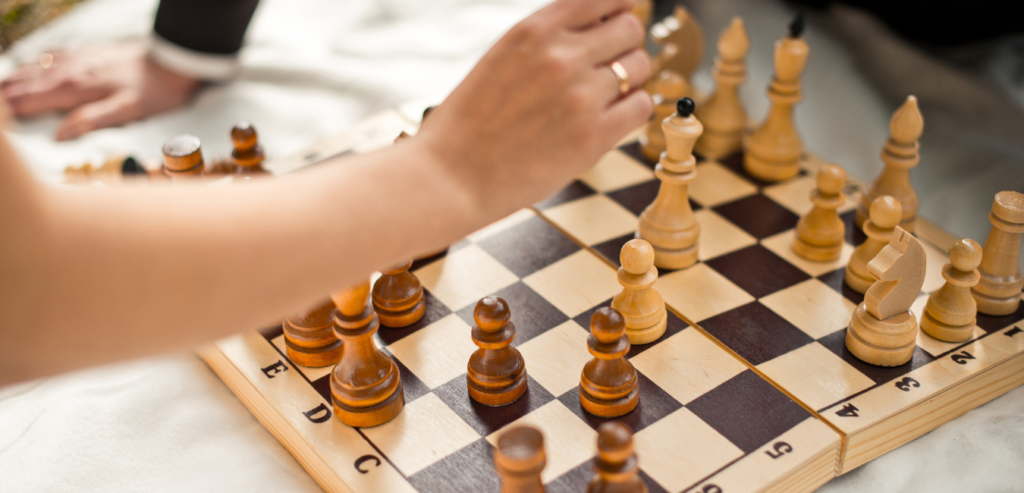When our students take their first steps into chess, the pawns are often the last things on their minds. The real power and bravado comes from higher value pieces. The drama of developing your queen or rook is so much more exciting than a strong pawn structure. The pawns are often moved just to make room for your other pieces to get into the fray. That being said, one of the most satisfying feelings in your chess development is when the role of your pawns finally clicks. Let’s try and make that profound moment happen by going over exactly why pawns are powerful.
Pawns in Chess Are Like Concrete Barriers
One of the more intuitive uses of pawns is to affect the mobility of your opponent’s pieces. There is nothing more difficult for a new player than keeping in mind all the threat vectors from your opponent. Using your pawns to limit the movements of your opponents pieces can really help you manage the number of threats you have to keep track of.
One of the biggest things we’re after in chess is control of the middle of the board. This is because your pieces have the most movement options, and thus more influence on the game. Using pawns to block movement uses the same strategy. By limiting your opponents movement options, you limit their control over the board.
Pawn Structure Determines Weak Squares
The structure of pawns in chess, i.e. their formation on the board, is very important. Your opponent’s pawn structure largely determines where you can place your attack. Each pawn threatens two squares, and at the start of the game, all the squares directly in front of your pawns are protected thanks to their single-file formation. But as the game develops, those pawns must move. Depending on how you move those pawns, you will leave certain squares un-threatened. These are called weak squares, and your opponent has the ability to move their pieces to these squares without immediate threat.
Be aware of these weak squares, both on your side of the board and your opponents. These squares often determine how games play out.
Putting Good Pawn Structure into Practice
Keeping your pawns in good formation isn’t easy, but learning how to do it will put you well ahead of other beginner chess players. During your next game, pay extra attention to why you are moving pawns. Keep in mind that a pawn movement is permanent, and each movement of a pawn should contribute to some goal. An extra challenge from us: try to visualize your pawns as one collaborative unit. How are they working together? How are they defending one another? Once you start thinking about these things actively, the importance of pawns will click.
If you need help with your pawn strategy, or anything else, our coaches are here for you. Talk to us about private chess lessons, starting a school club, or joining one of our great group lessons here.


